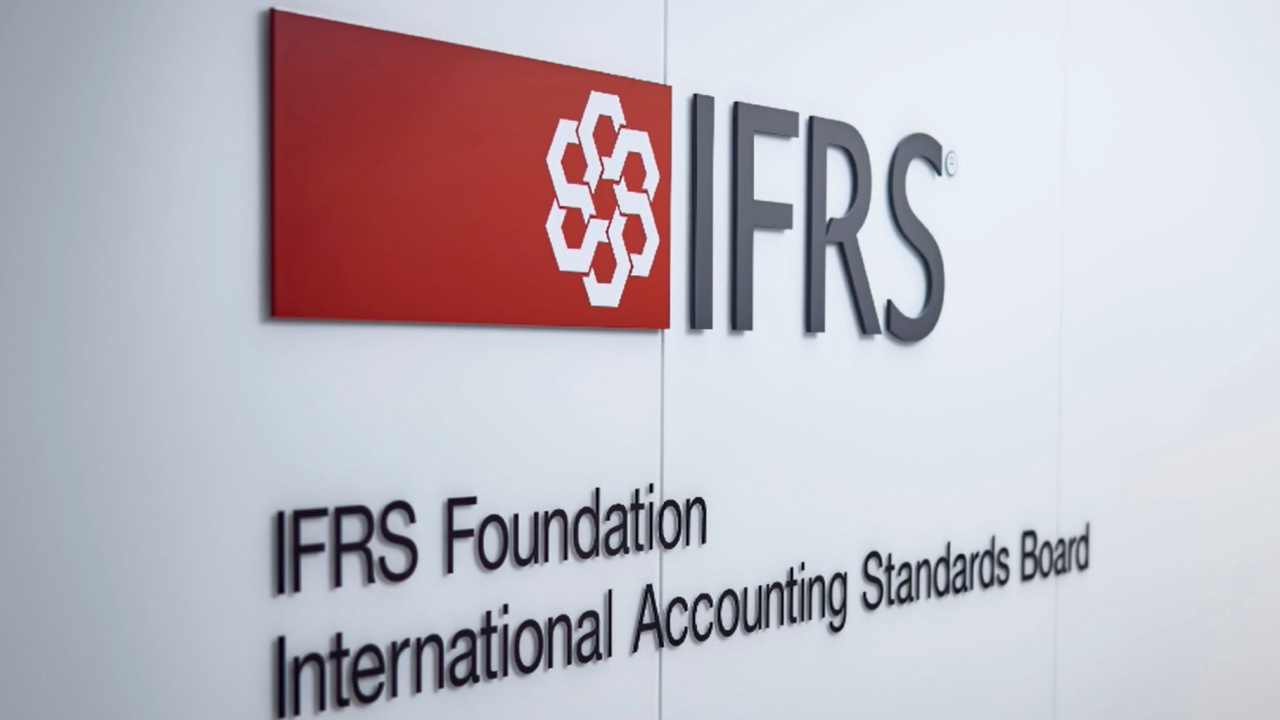Individuals and businesses in Connecticut and New York affected by severe storms and flooding from torrential rainfalls that began on Aug. 18, 2024, as well as communities in western Connecticut that experienced landslides and mudslides from these storms, now have until next Feb. 3 to file various federal individual and business tax returns and make tax payments.
The IRS is offering relief to any disaster area designated by the
Individuals and households in Suffolk County in New York and in Fairfield, Litchfield and New Haven Counties in Connecticut qualify for this relief, which postpones various tax filing and payment deadlines that occurred from last Aug. 18 through Feb. 3, 2025. Affected individuals and businesses will have until next Feb. 3 to file returns and pay any taxes that were originally due during this period.
For example, the February deadline will now apply to:
- Any individual, business or tax-exempt organization that has a valid extension to file their 2023 federal return. Payments on these returns are not eligible for the extra time because they were due last spring, before the storms.
- Quarterly estimated income tax payments normally due on Sept. 16, 2024, and Jan. 15, 2025.
- Quarterly payroll and excise tax returns normally due on Oct. 31, 2024, and Jan. 31, 2025.
Penalties for failing to make payroll and excise tax deposits due on between Aug. 18, 2024, and Sept. 3, 2024, will be abated as long as the deposits were made by Sept. 3.

The IRS
The IRS automatically provides filing and penalty relief to any taxpayer with an address of record in the disaster area. If an affected taxpayer does not have an address in the disaster area (because, for example, they moved there after filing their return), and they receive a late-filing or late-payment penalty notice from the IRS for the postponement period, they should call the number on the notice to have the penalty abated.
The agency will work with any taxpayer who lives outside the disaster area but has records needed to meet a deadline occurring during the postponement period in the affected area. Qualifying taxpayers who live outside the disaster area should call the IRS at (866) 562-5227, including workers assisting the relief activities who are with a recognized government or philanthropic organization. Tax preparers in the disaster area with clients who are outside the disaster area can use the
Individuals and businesses in a federally declared disaster area who suffered uninsured or unreimbursed disaster-related losses can choose to claim them on either the return for the year the loss occurred (in this instance, the 2024 return normally filed next year) or the return for the prior year (2023, filed this year).
Taxpayers have extra time — up to six months after the due date of the taxpayer's federal income tax return for the disaster year, without regard to any extension of time to file — to make the election. For individual taxpayers, this means Oct. 15, 2025.
Write the FEMA declaration number (3612-EM for Connecticut, 3613-EM for New York) on any return claiming a loss.





